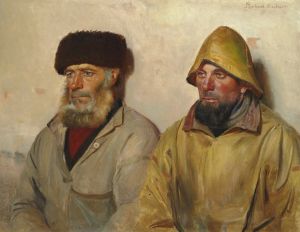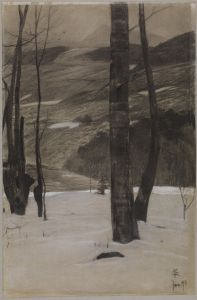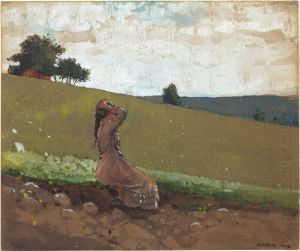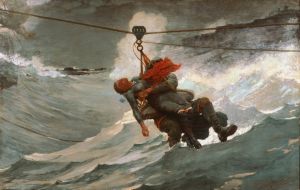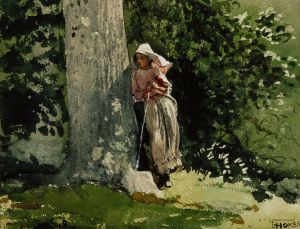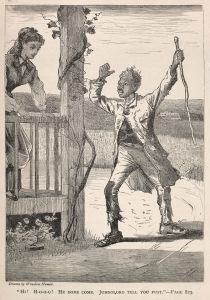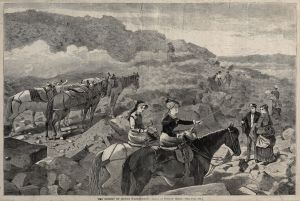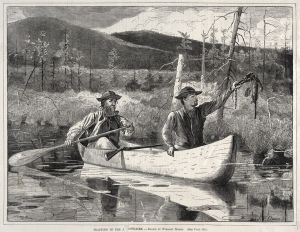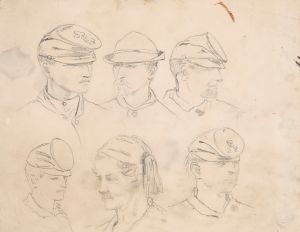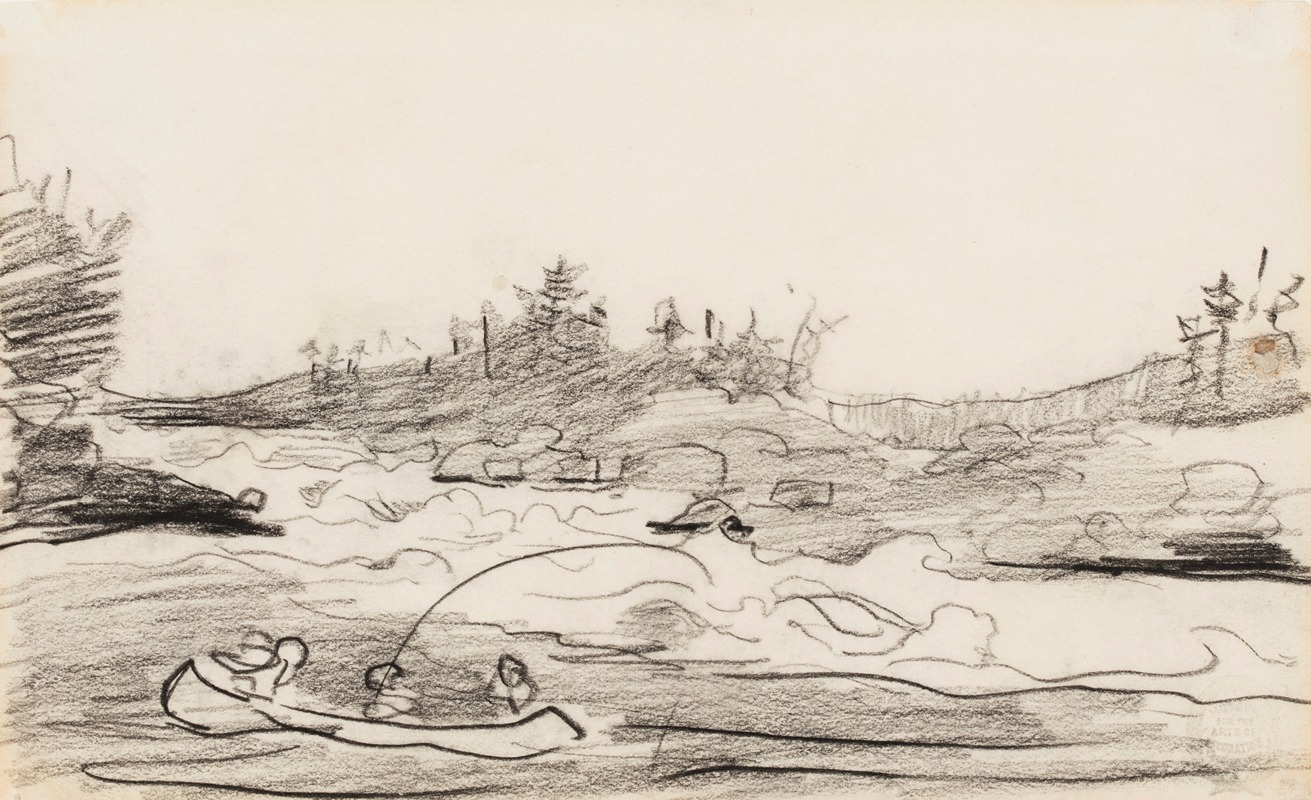
Fishermen in the Rapids
A hand-painted replica of Winslow Homer’s masterpiece Fishermen in the Rapids, meticulously crafted by professional artists to capture the true essence of the original. Each piece is created with museum-quality canvas and rare mineral pigments, carefully painted by experienced artists with delicate brushstrokes and rich, layered colors to perfectly recreate the texture of the original artwork. Unlike machine-printed reproductions, this hand-painted version brings the painting to life, infused with the artist’s emotions and skill in every stroke. Whether for personal collection or home decoration, it instantly elevates the artistic atmosphere of any space.
"Fishermen in the Rapids" is a painting by the American artist Winslow Homer, created in 1894. Homer is renowned for his powerful and evocative depictions of American life and landscapes, particularly those involving the sea and rural scenes. This painting is a testament to his skill in capturing the dynamic interplay between humans and nature.
The painting portrays a dramatic scene of fishermen navigating the turbulent waters of a river. The rapids are depicted with a sense of movement and energy, showcasing Homer's ability to render the natural world with both realism and intensity. The fishermen are shown in a small boat, battling against the force of the water, which emphasizes their struggle and determination. The composition of the painting draws the viewer's eye to the central figures, highlighting their precarious situation amidst the powerful currents.
Homer's use of color and light in "Fishermen in the Rapids" is particularly noteworthy. He employs a palette that captures the natural hues of the water and the surrounding environment, with a focus on the contrast between the dark, churning water and the lighter, more serene areas. This contrast not only enhances the sense of movement but also adds to the overall drama of the scene. The light in the painting is used to great effect, illuminating the figures and the boat, and creating a sense of depth and realism.
The painting reflects Homer's interest in the theme of human endurance and the relationship between people and nature. Throughout his career, Homer often depicted scenes of individuals facing the challenges posed by the natural world, whether it be the sea, the wilderness, or, as in this case, the rapids of a river. This theme is evident in "Fishermen in the Rapids," where the fishermen's struggle against the powerful forces of nature is a central element of the composition.
"Fishermen in the Rapids" is part of Homer's later body of work, which is characterized by a more mature and refined style. By the 1890s, Homer had moved away from the more detailed and narrative-driven works of his earlier career, focusing instead on more simplified and powerful compositions. This painting exemplifies this shift, with its emphasis on the raw power of nature and the human response to it.
Winslow Homer is considered one of the foremost American painters of the 19th century, and his works are held in high regard for their technical skill and emotional depth. "Fishermen in the Rapids" is a prime example of his ability to convey the beauty and power of the natural world, as well as the resilience of the human spirit. The painting is held in the collection of the Art Institute of Chicago, where it continues to be appreciated by art enthusiasts and scholars alike.
In summary, "Fishermen in the Rapids" by Winslow Homer is a masterful depiction of fishermen contending with the forces of nature. Through his expert use of color, light, and composition, Homer captures the drama and intensity of the scene, while also exploring themes of human endurance and the relationship between people and the natural world.






